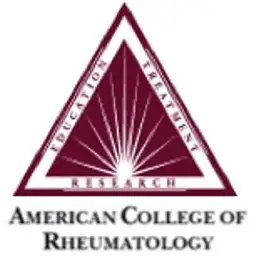The symptoms of gout can be unbearable when they’re at their worst. Since most people experience excruciating pain and swelling in their big toe, ankles, or knees, a flare-up can potentially make it extremely uncomfortable, or even impossible, to walk. The best remedy for a gout attack is to stop it before it even begins. A combination of gout medications and dietary changes can help reduce the number and severity of gout incidents.
What is Purine and Why is it Vital I Limit it?
To understand what you should and shouldn’t eat, you should first understand why. The enemy is something called purine. Purine is a chemical compound that is found in many foods and drinks. In order to process purine, the body creates uric acid. In people with gout, uric acid builds up in the body and is not able to eliminate it efficiently.
When uric acid accumulates in the blood, it begins to crystallize. This crystallization triggers swelling and intense pain in the body’s joints.
4 Simple Dietary Rules to Live By When You Have Gout
The following rules can help you reduce your chances of having a gout flare-up.
Drink More Water
Water helps the body regulate its self and maintain the correct level of chemicals in the bloodstream. This is the first step in changing your diet for the better, especially when water is consumed in place of sugary drinks or alcoholic beverages.
Reduce Calorie Intake if Overweight
Losing weight can really help to limit the effects of gout. Studies show that those who are overweight are less efficient at removing uric acid from the kidneys.
Limit Alcohol
Just two alcoholic beverages can increase a person’s risk of developing an acute gout attack. If possible, remove alcohol from your diet completely. If you still wish to drink, it’s highly recommended that you only have one drink.
Continue Taking Medication
Dietary changes alone are not enough to eliminate gout symptoms, but it does help. Uric acid levels can be reduced by about 15 percent with proper diet. Your medication will still be a vital part of your treatment plan.
High Purine Foods: Avoid
Foods that have naturally high purine levels should be avoided when possible. These types of foods include:
- Alcoholic beverages
- Seafood – shrimp, scallops, anchovies, sardines, and herring
- Gamey meats – goose, duck, and venison
- Organ meats – liver and kidneys
- High fructose corn syrup drinks – soda and certain coffee beverages
Medium Purine Foods: Eat Limited Quantities
Foods that have a moderate purine level can be eaten, but be sure to not over-indulge:
- Meat – beef, chicken, and pork
- Certain vegetables – asparagus, spinach, mushrooms, and green peas
- Drinks with real sugar – fruit juices and sweetened coffee or tea.
- High wheat products – wheat bran and wheat germ
Low Purine Foods: Safe to Eat in Higher Quantities
The following foods are lower in purine, so they will have a minimal impact on your body’s uric acid levels:
- Most vegetables not listed above
- Any type of fruit
- High-carb products – pasta, rice, bread, and popcorn.
- Nuts – peanut butter, peanuts, cashews, almonds, and all other types of nuts.
- Low-fat dairy – milk, yogurt, and cheese
- Eggs and egg whites
- Unsweetened beverages – coffee & tea
Consult With Your Charlotte Joint Care Specialist
If you’re suffering from gout, consider visiting one of our Charlotte and Ballantyne rheumatology offices. Dr. John Brandese and Dr. Alireza Nami have years of experience creating treatment plans for patients with an array arthritic symptoms. Get in touch with us today to make an appointment!




Recent Comments